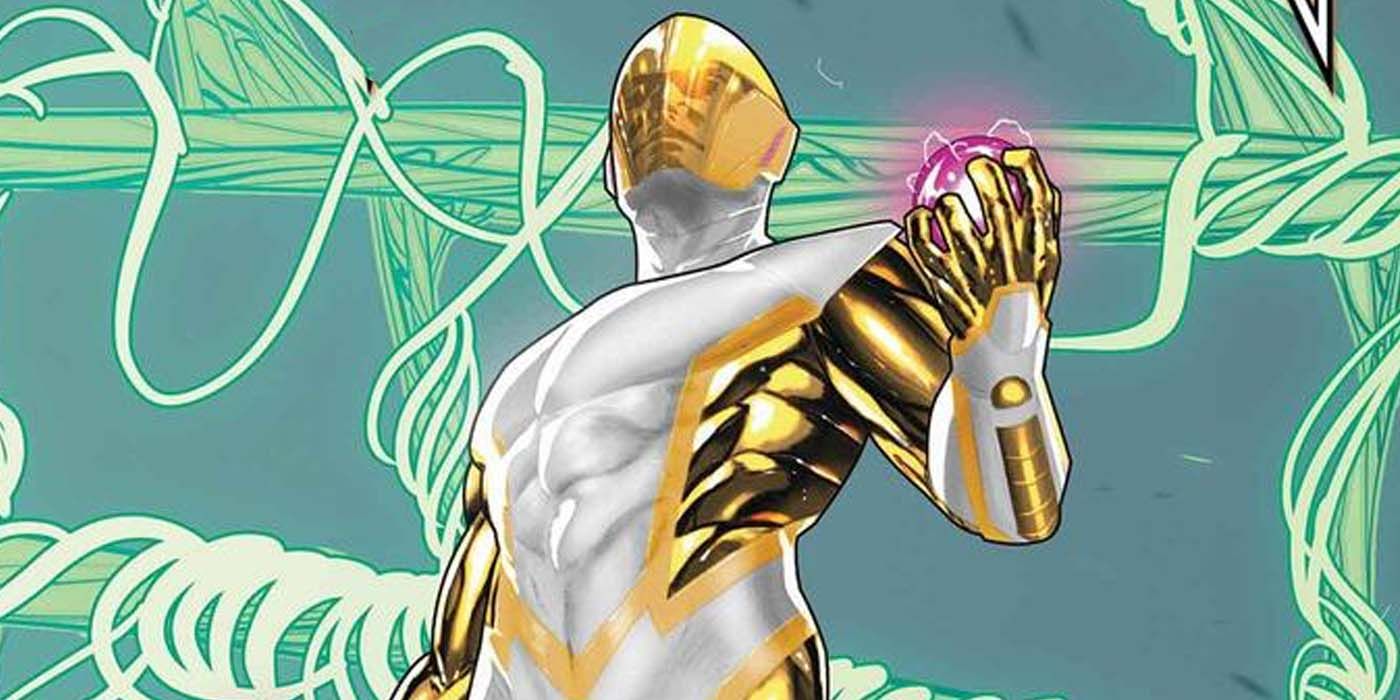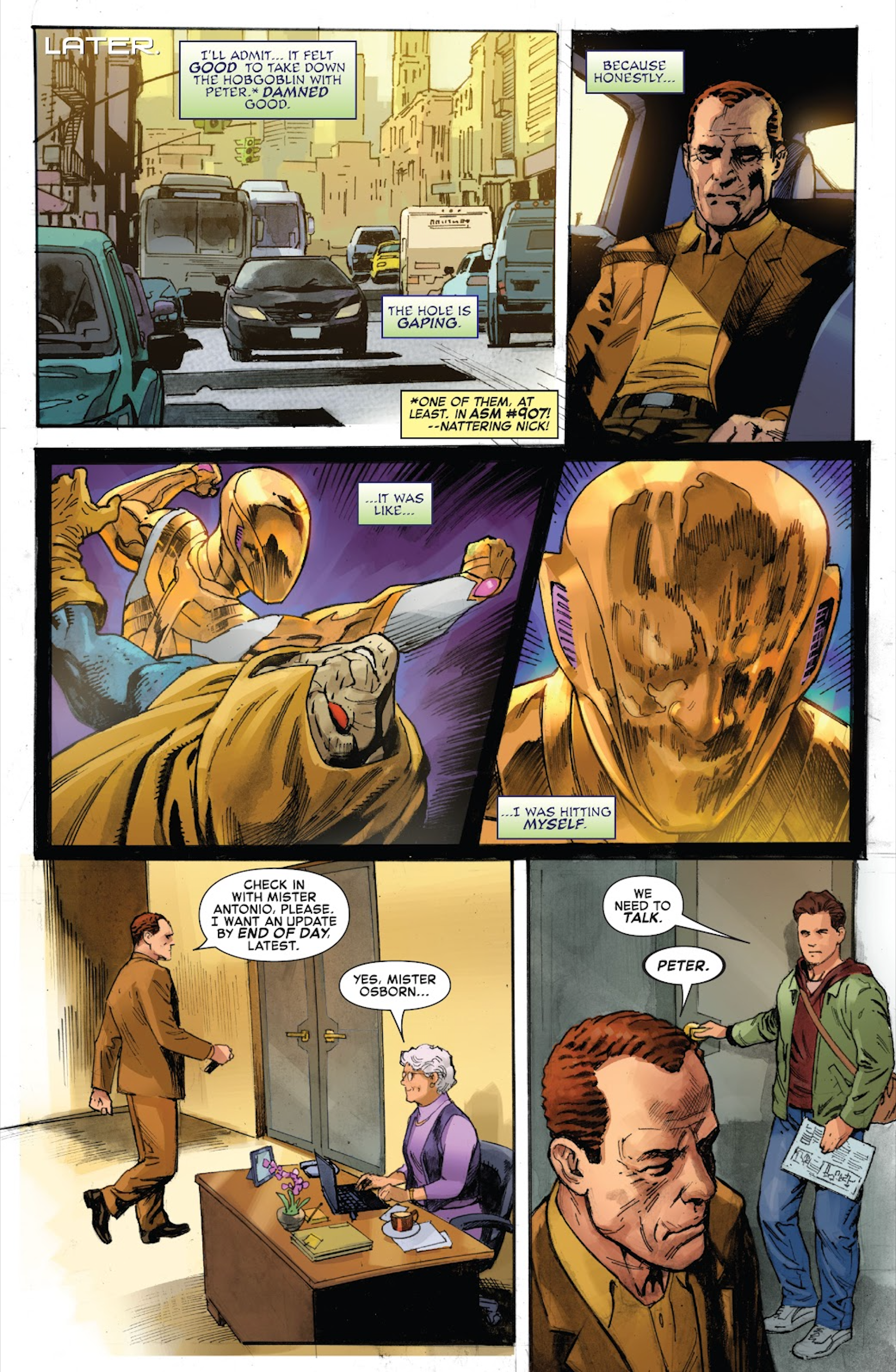Warning: SPOILERS for Gold Goblin #1
Marvel reveals how Spider-Man's nemesis the Green Goblin can change, along with all other supervillains, if a character has one essential trait. The path to redemption for a villain is usually walked twice in Marvel Comics: once on the way to becoming a hero, and again backwards when Marvel editorial believes the character would be better suited as an antagonist. Gold Goblin #1 involves Spider-Man's most infamous enemy as he attempts to change his ways - and he just might succeed.
A key story of the Spider-Man franchise involves Peter attempting to balance his superhero and civilian life. The same is true for Marvel editorial, who walk a fine line between adhering to the Spider-Man status quo and inserting franchise-wide changes that alter his life permanently. Some of these changes have stuck with the character (Peter graduating from college and the death of Gwen Stacy), while others were quickly retconned out of existence (the death of Aunt May and most infamously the 20-year marriage between to Mary Jane). For villains, it is ever harder to change, but possible if they possess Spider-Man's incomprehensible guilt.
In Gold Goblin #1, written by Christopher Cantwell with art by Lan Medina, Norman Osborn is attempting to turn over a new leaf. He's discarded his Green Goblin suit and created a new Gold Goblin persona. While he still uses his Goblin Glider and pumpkin bombs, he uses them for good, saving innocents instead of hurting them. Unfortunately, Osborn is nevertheless haunted by the sins he committed and, rather unhealthily, exhibits signs of self-destructive behavior. "I'll admit...it felt good to take down the Hobgoblin with Peter," he reminisces. "Because honestly...it was like I was hitting myself."
Norman Osborn's Guilt Is More Power Than Spider-Man's
At the end of the Kindred arc, Norman Osborn's sins were "cleansed", but ultimately he is still responsible for changing his behavior. The former Green Goblin is practically overwhelmed by grief and guilt over his actions, and therein lies the most essential aspect of change: regret at one's past actions. In the current Zeb Wells story arc, Norman does everything in his power to prove he's a different man: he works with Peter Parker, protects him while on missions, and is ready to assist at a drop of a hat.
If Norman Osborn can sustain this change brought on by guilt long enough, perhaps the Green Goblin will cease to exist and the Gold Goblin will take his place. Spider-Man villains, as classic as they are, rarely change, and Osborn's efforts here (along with the editorial team) should be applauded. Only time will tell if the Green Goblin, like Spider-Man's marriage, will fade away and the new and improved Gold Goblin will become a stable of the Spider-Man franchise.


